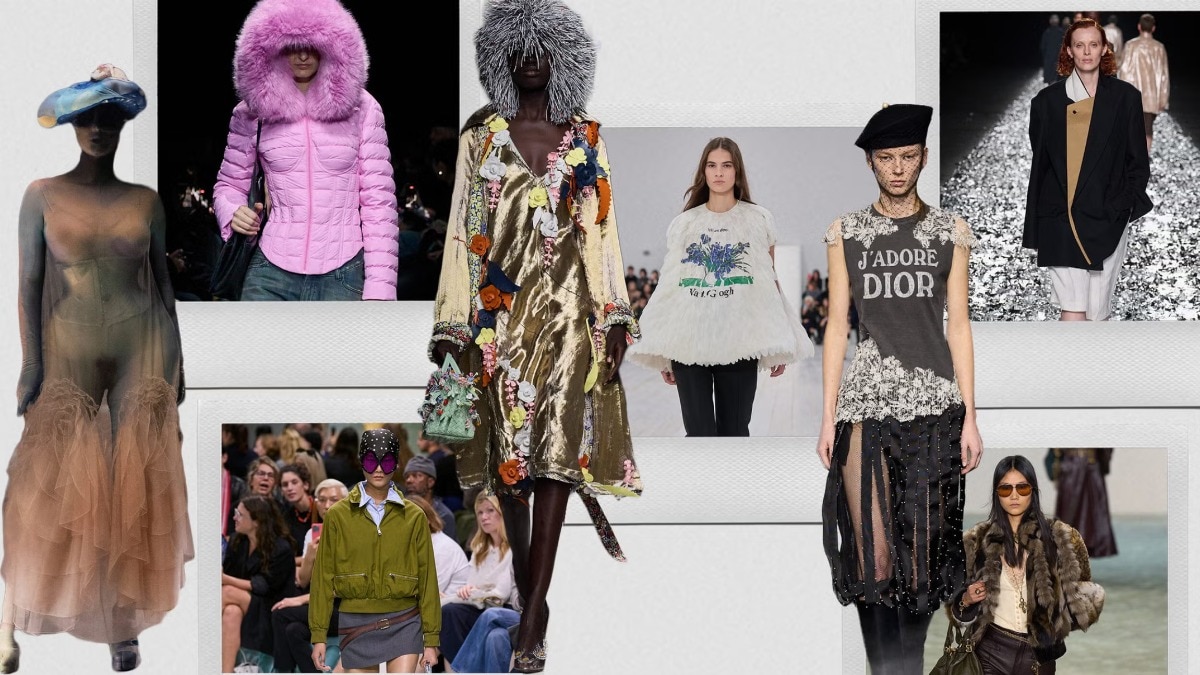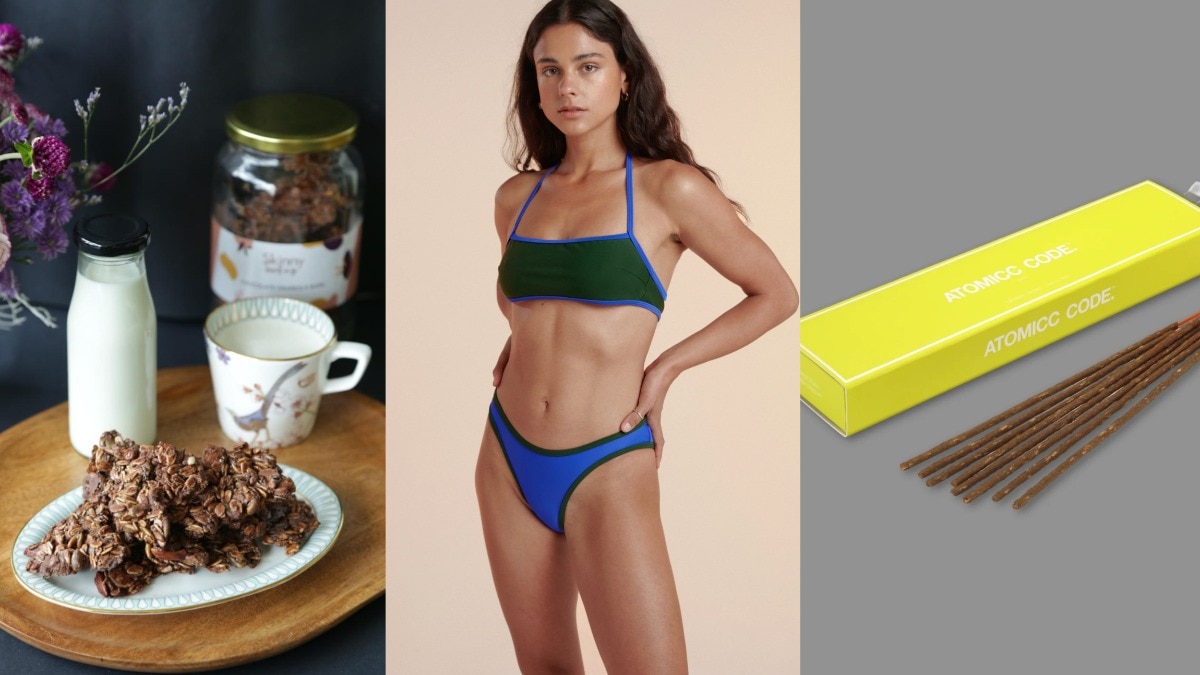
Can micellar water be used as dry shampoo?
Bazaar speaks with hair stylist Michael Medeiros to shed light on the potential benefits and drawbacks of the social media trend.


Micellar water as dry shampoo: It’s the latest trend making waves on social media, but what exactly does it mean for your hair? While micellar water is a beloved skincare staple known for its gentle yet effective cleansing power, its use in haircare is relatively new and uncharted territory.
Typically adored by those with sensitive skin for its ability to cleanse and remove makeup without stripping natural oils, micellar water is now being touted as a quick fix for greasy, oily hair, according to beauty girlies on social media. Although micellar shampoos have gained popularity, this apparently easy hack is capturing attention online. Curious about whether it’s worth a try? We spoke to Michael Medeiros, owner of Moxie Salon and a Revlon Professional stylist, to shed light on the potential benefits and drawbacks.
What is the TikTok micellar water dry shampoo hack?
Here’s how the hack works, according to TikTok users. Transfer some micellar water into a spray bottle and spritz it onto your roots, then blow dry your hair until dry—that’s it, easy as that. The idea is that the micelles (AKA, the particles that give micellar water its name) can absorb impurities in your hair in the same way they do when applied to your face to cleanse your makeup.
But does it really work?
Can micellar water be used as dry shampoo?
“In theory, micellar water can be used as a dry shampoo as it has similar properties to micellar shampoo, which is used to effectively cleanse the hair and scalp whilst removing build-up—all without stripping the hair of its natural oils,” Medeiros says.
However, he also notes that while dry shampoo is specifically formulated to absorb excess oil without water, micellar water is a liquid cleanser that typically requires rinsing or removal. So, while it might work in a pinch when you’re out of your usual dry shampoo, it’s not the most practical alternative.

Does micellar water help with greasy or oily hair?
Given its impressive reputation in skincare, trying micellar water on greasy hair can be quite tempting—so we asked Medeiros if it can actually achieve what TikTok promises.
“Yes, to an extent, micellar water can help with greasy or oily hair. The micelles in micellar water work to remove dirt, oil, and impurities, which in turn can cleanse the scalp and hair,” he explains. “Many people trying this trend might find that their hair feels flatter and shinier. This is because the micellar water can cling to the strands and weigh them down, as it’s formulated for the skin, not the hair.”
Whether you want to experiment with micellar water to reduce oily hair or prefer to use it on your face, we’ve narrowed down our top seen picks to help you make an informed choice.
What is the different between micellar water and micellar shampoo?
The main differences between micellar water and micellar shampoo lie in their intended uses and formulas. As Medeiros explains, “Micellar water is primarily a facial cleanser containing micelles that help remove makeup, dirt, and other impurities from the skin.”
On the other hand, micellar shampoo is designed with similar micelles to gently cleanse the hair and scalp. “I often recommend micellar shampoo to clients with dry scalps because it effectively removes impurities without stripping the hair of its natural oils,” Medeiros says.
Both products offer gentle yet effective solutions for removing excess buildup, making them ideal for maintaining healthy skin and hair without causing irritation.

How do you use micellar water as a hair cleanser?
If you want to try using micellar water as a hair cleanser, here are Medeiros’ tips for testing the trend:
1. Section your hair: Divide your hair into manageable sections to ensure even application.
2. Apply micellar water: Dampen a cotton pad with micellar water.
3. Cleanse the scalp: Gently dab and wipe the micellar water onto your scalp, focusing on areas that feel oily or dirty.
4. Massage: Lightly massage the micellar water into your scalp to help dissolve and lift dirt and oil.
5. Rinse (if necessary): Depending on how the formula sits on your hair, you may or may not need to rinse. If it feels sticky or leaves residue, a light rinse with water is recommended.
6. Dry and style: Allow your hair to air dry or use a blow dryer, then style as usual.
While micellar water can be a quick fix, it’s not a complete replacement for your regular dry shampoo and shampoo when it comes to removing excess buildup and oils from your hair and scalp.
For those aiming to clean their scalp and hair from protective style buildup without stripping away natural oils, a micellar shampoo is the best choice.
This article first appeared in Harper's Bazaar Australia.
All images: Pexels
Also read: Here’s how to achieve Daisy Edgar-Jones’ relaxed fringe, according to hairstylists
Unlock healthy hair this monsoon with these scalp scrubs










